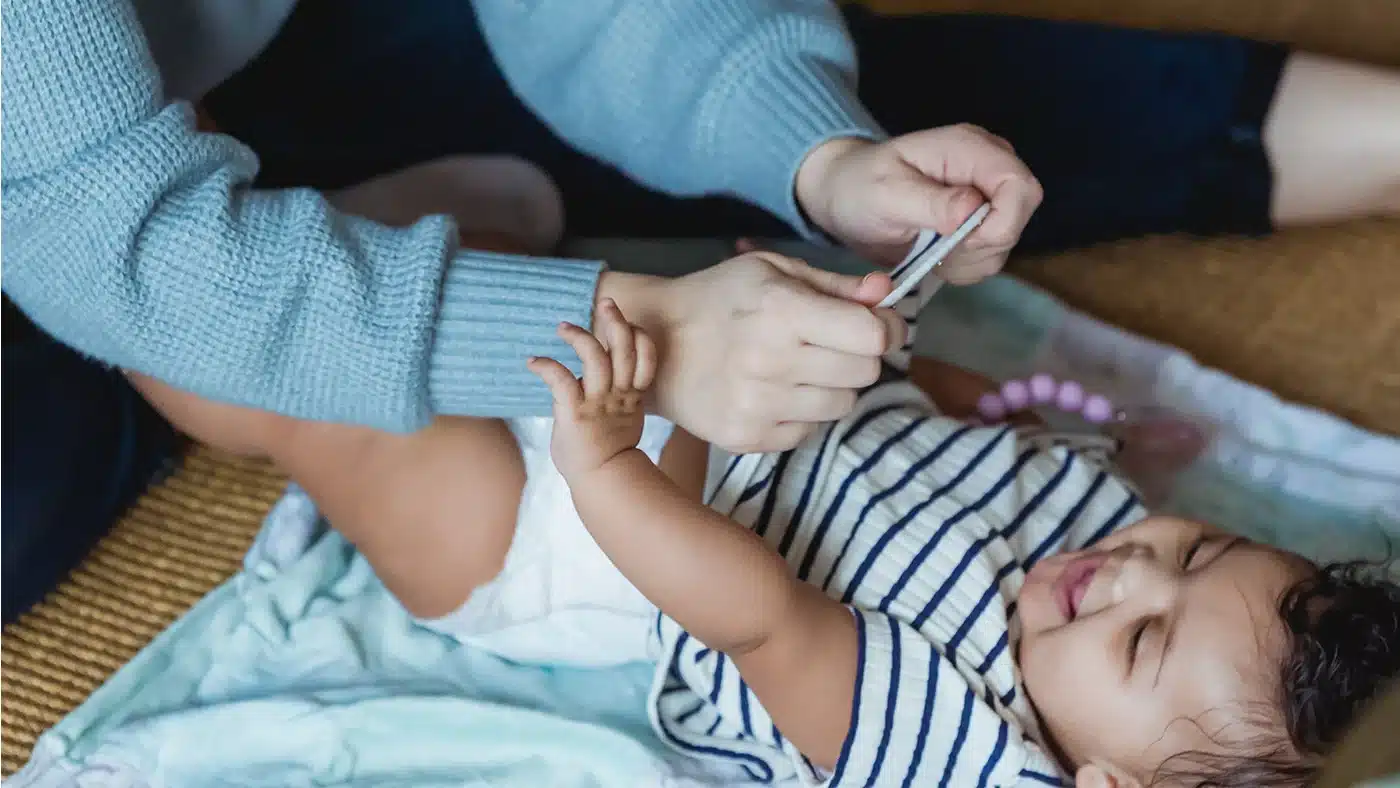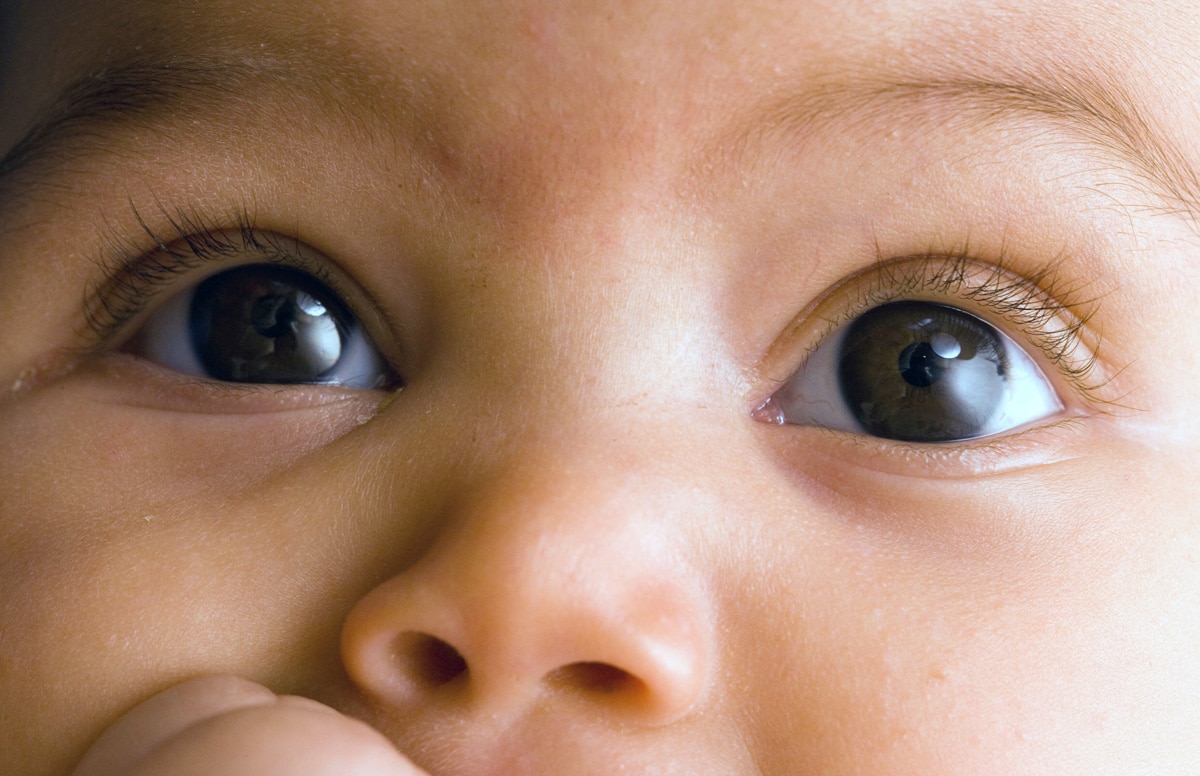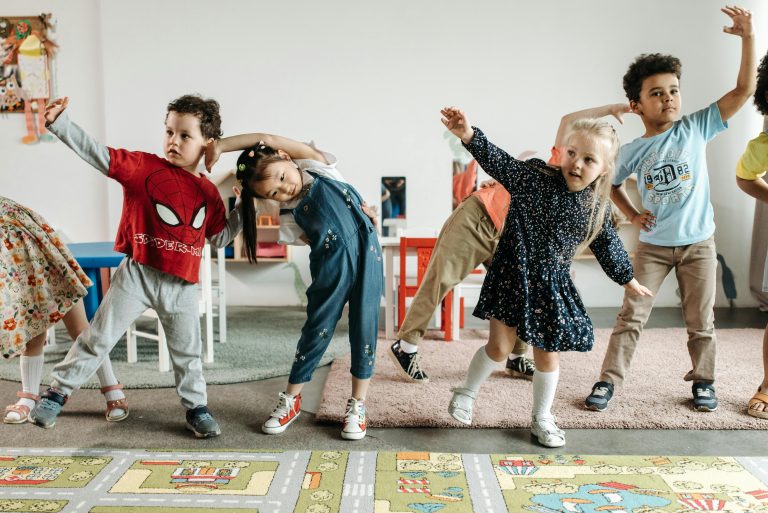Are you wondering when your newborn starts developing a vision and seeing things?
Many milestones in life are important, but developing the ability to see and discern things is special in every infant’s life.
There is no doubt that newborns cannot see as clearly as adults and have limited visual capabilities.
So, in this article, we will take a deep dive into the step-by-step process of eyesight being developed in newborns.
From the moment they open their eyes for the first time to the gradual improvement, we will look at the timeline and factors involved in this journey.
Let’s get started.
Power of Vision at The Time of Birth
At the time of birth, the newborn is only able to see shapes, shadows, and contrasts.
They are also limited in focus, so the world is blurred to them.
Only if the view is of high contrast will they be able to make out something and react.
The blurriness is because of the immaturity of crucial eye structures such as the lens and cornea.
However, even without this, they can discern light from dark and perceive large shapes and patterns.
The Role of Visual Stimulation in Early Development
What your newborn sees in the few weeks after birth influences the formation of crucial and foundational neural connections.
Each scene they see since the newborn opens their eyes shapes their vision.
Newborns initially prefer high-contrast patterns simply because they are easier to see.
As a parent, you can use this opportunity by introducing simple, bold shapes and patterns.
For instance, mobiles with contrasting colors or black-and-white geometric designs will easily capture your baby’s attention.
This engagement will help your kid to develop basic visual skills like fixation and tracking.
Visual Tracking and Fixation
During the first few weeks of life, your baby will gradually develop the ability to track moving objects with their eyes.
Visual tracking involves following the motion of an object as it moves. This skill is essential for developing hand-eye coordination and judging depth.
One of the first signs of visual tracking you can observe is when a newborn begins to follow your movement across a room.
Fixation is another important aspect of vision development. It refers to focusing and maintaining attention on a specific object.
Initially, your baby’s fixation will be brief and inconsistent.
However, over time, your baby will become more adept at fixating on objects, especially those visually appealing or interesting.
Maturation of The Brain and The Eyes
Your baby’s vision development is not solely dependent on the maturation of the eyes; it is also closely linked to the maturation of the brain.
Because the eyes only capture visual information, the brain converts this information via the optic nerves.
The brain processes and interprets the visuals, allowing your baby to perceive and make sense of things.
As the brain and eye mature, newborns can process more complex visual information.
This includes recognizing faces, distinguishing between shapes and colors, and perceiving depth and distance.
The refinement of these visual skills continues throughout infancy and early childhood.
Critical Periods in Vision Development
Did you know there is a critical or crucial development period in your newborns with different developments in their visions?
Critical periods are fundamental to understanding the development of vision in newborns.
Critical periods are specific time frames during which certain experiences profoundly impact the development of particular skills or abilities.
For example, exposure to the critical period for binocular vision, which occurs around 3 to 6 months of age, is vital for developing depth perception.
Binocular vision refers to the ability of both eyes to work together, providing a three-dimensional view of the world.
Visual milestones in the first year of life:
Birth to 2 Months
– Basic tracking of high-contrast objects.
– Shifting attention to faces, especially those of caregivers.
– Limited ability to focus on near objects.
2 to 4 Months
– Improved tracking of moving objects.
– Developing hand-eye coordination.
4 to 6 Months
– Enhanced depth perception and binocular vision.
– Increased interest in exploring different objects.
– Improved ability to follow objects with eyes.
6 to 9 Months
– Refinement of visual discrimination skills.
– Continued improvement in depth perception.
9 to 12 Months
– Improved recognition of familiar faces.
– Improvement in hand-eye coordination.
Factors Affecting Vision Development
Various factors can influence the development of vision in your newborn.
These factors include both genetic and environmental factors affecting vision development.
Some of the key factors affecting vision development include:
1. Genetics
Genetic factors play a significant role in determining the overall structure and function of your newborn eyes.
Inherited conditions or genetic issues may also impact your newborn in a similar way.
2. Visual Stimulation
The environment provided to a newborn, including different objects and activities, also influences visual development.
There is a need for adequate visual stimulation during critical periods to ensure improvement in visual skills.
3. Health and Nutrition
General health and proper nutrition contribute to overall well-being, including the health of the eyes.
So, it is essential to consume proper and adequate intake of nutrients like vitamin A, which is essential for eye health and function.
4. Early Intervention
Identifying and addressing vision issues regarding a newborn baby is necessary early on.
For this, you can schedule proper vision screenings and assessments to help detect potential concerns that may require intervention.
Interested in knowing what will be the eye color of your newborn?
Check out our previous blog, where we’ve covered newborn eye color predictors in detail!
Conclusion
Vision development in newborns is a long, drawn-out process, and it happens in stages.
As caregivers or parents, understanding these milestones or critical periods becomes crucial.
You should provide infants with different views to help them recognize the importance of critical periods; we contribute to the healthy development of their visual abilities.
Also, remember that early interventions and regular vision screenings are crucial in identifying and addressing any potential issues that may impact your newborn’s vision.
So, if your newborn starts following you or gets happy when you make certain faces, you know that vision development has started!














